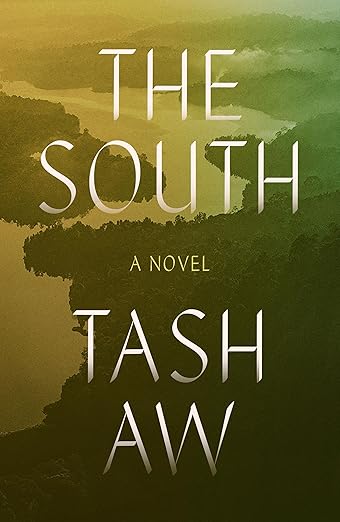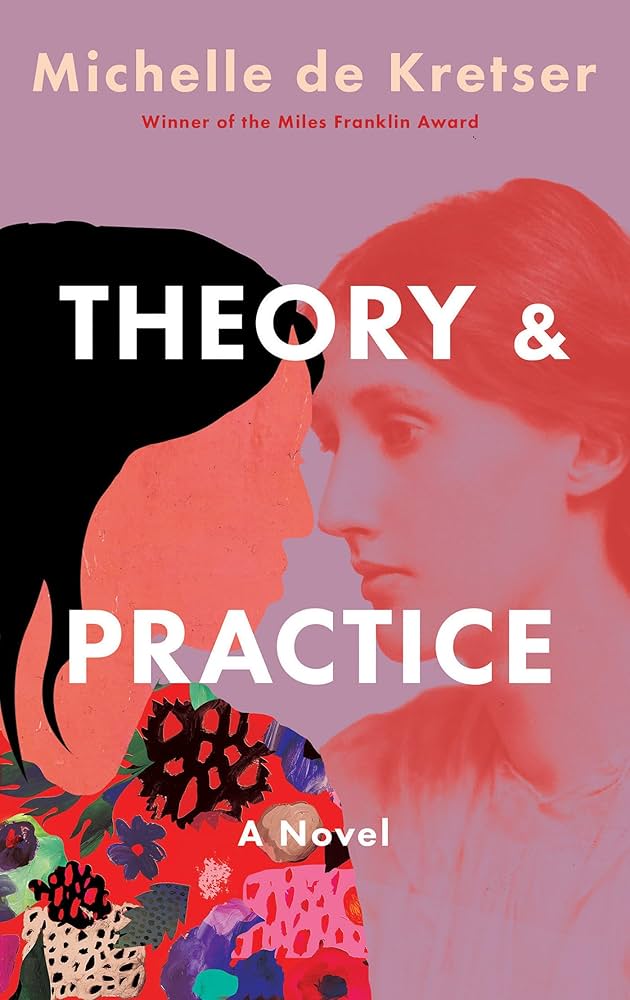Book by HARPER LEE
Reviewed by

Isn’t it wonderful that so many people are upset about Go Set A Watchman? I am not being sarcastic. Think about it: one of the most talked about events in the summer of 2015 is the publication of a book. Harper Lee’s old friend, Truman Capote (the model for Dill in To Kill A Mockingbird), would probably have had something snarky to say about it. The author herself remains silent, as she largely has since her first book—the only one until now—was published in 1960.
Go Set A Watchman is not a great book. We see Harper Lee, who was in her early 30s when she wrote it, before she fully found her voice and getting in her own way more times than not as she struggled to write her first novel. I agree with her original editor at Lippincott (now HarperCollins) who judged that this one wasn’t ready, but saw enough potential in Lee’s writing to think that it could form the scaffolding for a stronger book. But in some ways Go Set a Watchman is the more ambitious novel. Lee reached far in this first attempt to come to terms with her childhood in racist, segregated Alabama of the 1950s.
To Kill a Mockingbird flies clean as a bullet. Most of us read it in middle school and have seen the movie at least once. (It’s impossible not to hear Gregory Peck’s voice as Atticus.) Even now you can’t put it down. But Lee’s second attempt simplifies this world and its inhabitants. In To Kill A Mockingbird, Atticus is morally unimpeachable. All the Black Folk love him, and even the most racist townspeople respect him. Evil is embodied by the White Folk who are lower-class (read poor), and lack the right “background.” Tom Robinson, the black man whom a poor white woman accuses of rape, is a martyr. Go Set a Watchman, as anyone who has been following the conversation about it knows, has shocked readers by portraying Atticus Finch as a racist.
Watchman is set 20 years after the time of Mockingbird, soon after the Supreme Court’s famous Brown vs. Board of Education ruling, which declared school segregation unconstitutional. The plot turns on grown-up Scout’s discovery that Atticus is a member of a local “Citizens Council,” one of the white supremacist organizations made up of business people and professionals, which defended segregation but left the dirty work to the Klan. As in Mockingbird, Atticus takes a case to defend a black man. In this book, he’s the grandson of Calpurnia, the respected live-in servant and mother figure in both novels. Unlike in Mockingbird, Atticus is not assigned this case by a fair-minded judge, nor is he virtuously seeking justice for a relative of the woman who raised his children. Atticus knows that there’s no justice for black men in Alabama in the 1950s, any more than there was in the 1930s. But inWatchman, he takes the case to keep out the “NAACP lawyers [who] are standing around like buzzards down here waiting for things like this to happen.”
It is hard to read this kind of dialogue when you are imagining Gregory Peck, who delivered one of the greatest speeches to a jury in courtroom cinema, preaching empathy, and risking his family’s safety to uphold the ideal of all men being equal in a court of law. Grown-up Scout, called Jean Louise in Watchman, responds to this flawed Atticus the way contemporary readers might: “If a man has lived a truth—and you have believed in what he has lived—he does not leave you merely wary when he fails you, he leaves you with nothing. I think that is why I am nearly out of my mind . . .” This is the core of Go Set a Watchman. It is the story of coming home and finding your strong father frail and arthritic, barely able to feed himself and seeing him as a compromised and compromising man. Atticus would never stoop to something as low-class as cross-burning, nor is he a brute. He represents a certain kind of gentility, and his good deeds on behalf of black clients stem from noblesse oblige rather than a commitment to equality.
It’s not a bad idea for a plot: Jean Louise comes home to find that she no longer recognizes her father or her town, and she must “kill” her idealized father to come of age herself, as the wise uncle figure in the book somewhat laboriously spells it out for her. While Watchman does not finally work, there is strength in the moments where she wrestles with ambiguities that were left behind when she came to writeMockingbird.
Still reeling from her discovery that her father not only has racist views but is a member of a racist civic group, Jean Louise tells herself that she has never been a racist: “That is the way I was raised, by a black woman and a white man,” she says. In both books, blacks are on white turf and in subservient roles. Blacks only reveal their true feelings to each other and on their own turf, The Quarters, as their neighborhood is called. These moments are handled very differently in the two novels. InMockingbird, Scout and her brother, Jem, accompany Calpurnia to her church because Atticus is out of town on a Sunday, and Calpurnia doesn’t think they are old enough to go to church alone. It is a great scene. Lee doesn’t ignore the import of bringing white children to a black church in Mockingbird, but only one black congregant, “Lula,” objects to their presence, and the others quickly push aside her objection, telling the children, “Don’t pay no ‘tention to Lula . . . She’s a troublemaker from way back, got fancy ideas and haughty ways.” All is well, and the Reverend Sykes welcomes the children and plays a protective role for the rest of the novel.
These “fancy ideas and haughty ways” have gained ground by the 1950s whenWatchman takes place, and Lee attempts a far more complex scene when Jean Louise goes to visit the now-aged Calpurnia at her house. This time Jean Louise does not receive a warm welcome. Though Atticus is defending one of her relatives, as inMockingbird, Calpurnia greets Jean Louise with cold formality. “Calpurnia was wearing her company manners.” There is no mistaking the significance of this for either woman, and Jean Louise tries to break through:
‘“Cal, what are you doing to me? What’s the matter? I’m your baby, have you forgotten me? Why are you shutting me out? What are you doing to me?”
Calpurnia lifted her hands and brought them down softly on the arms of the rocker. Her face was a million tiny wrinkles, and her eyes were dim behind thick lenses.
“What are you all doing to us?”
“Us?”
“Yessum. Us.”
Jean Louise may now be 26 and living in New York, but she has not yet come of age, for she does not understand why “Calpurnia was watching her, and in Calpurnia’s eyes was no hint of compassion.” The scene ends on a note of complexity when Jean Louise asks:
“Tell me one more thing, Cal, just one thing before I go—please, I’ve got to know. Did you hate us?”
The old woman sat silent, bearing the burden of her years. Jean Louise waited.
Finally, Calpurnia shook her head.
Earlier, Lee spent many pages recounting that Scout, a tomboy who avoided learning about sex, had convinced herself that she’d gotten pregnant from a playground kiss which happened after her first period and for most of a year believed that she would give birth in nine months and be “sent away.” Calpurnia had finally gotten the truth out of Scout and explained the facts of life with love and understanding. This incident establishes that a close, affectionate relationship coexisted with racism in the Finch house, as in many other houses in the south and elsewhere.
It is this younger Scout who leaps off the page, not the naive, moralizing Jean Louise, who deplores racism, yet blithely admits that she knows nothing of the NAACP: “I don’t know anything about that bunch except that some misguided clerk sent me some NAACP Christmas seals last year, so I stuck ‘em on all the cards I sent home.” The scenes with Scout, Jem, and Dill, read just as true as they do in Mockingbird. Once Lee changed her approach and told her story in young Scout’s voice, she found her book. The descriptions of the town and its characters are some of the best parts ofWatchman (though the most important town eccentric in Mockingbird, Boo Radley, does not appear) and some paragraphs were lifted whole into Mockingbird and why not? Perhaps her editor circled these sections and encouraged her to use them again.
Lee does not bring the court case to resolution in Watchman. Jean Louise’s romance with a local man, a weak subplot, comes to its foreseeable conclusion. She will not marry him—no surprise, as their scenes lack vigor. Jean Louise’s final confrontation with Atticus unfortunately serves primarily as a set piece representing their divide on race. Jean Louise is shocked when her father says, “white is white and black’s black,” and “the negroes down here are still in their childhood as people.” Atticus represented the go-slow approach to civil rights. He tells his outraged daughter, “What would happen if all the negroes in the South were suddenly given full civil rights? I’ll tell you. There’d be another Reconstruction.” Reading this, I thought of Dr. Martin Luther King’s 1963 Letter from Birmingham Jail: “For years now I have heard the words ‘Wait!’ It rings in the ear of every Negro with piercing familiarity. This ‘Wait’ has almost always meant Never.”
Atticus is fatally misguided about civil rights and blinded by racism. But he remains wise in the ways of parenting. After Jean Louise confronts Atticus, he tells her that he is proud of her. “I certainly hoped that a daughter of mine’d hold her own for what she thinks is right—stand up to me first of all.” It is the end of her hero journey, and Jean Louise comes to accept her flawed father. As Lee writes in the final sentences of the book, “She welcomed him silently to the human race, the stab of discovery made her tremble a little.”
It is not clear what can be learned outside of a creative writing class from reading a first attempt at an author’s subject, especially when that draft was wisely put away. There have been hints of exploitation around this publication, but Harper Lee has apparently given it her blessing. Both books depict beloved daughters of beloved fathers through the lens of race. Coming-of-age stories must topple the parents, and in Atticus Finch, Lee created a wonderful statue to pull down in the public square. In Go Set A Watchman, she writes:
[Jean Louise] did not stand alone, but what stood behind her, the most potent moral force in her life, was the love of her father. She never questioned it, never thought about it, never even realized that before she made any decision of importance the reflex, ‘What would Atticus do?” passed through her unconscious . . . she did not know that she worshipped him.
Harper Lee’s readers have worshipped Atticus along with Scout for 55 years; it may be time for all of us to grow up.
Rebecca Chace is the author of two novels, Leaving Rock Harbor and Capture the Flag, and a memoir, Chautauqua Summer.



